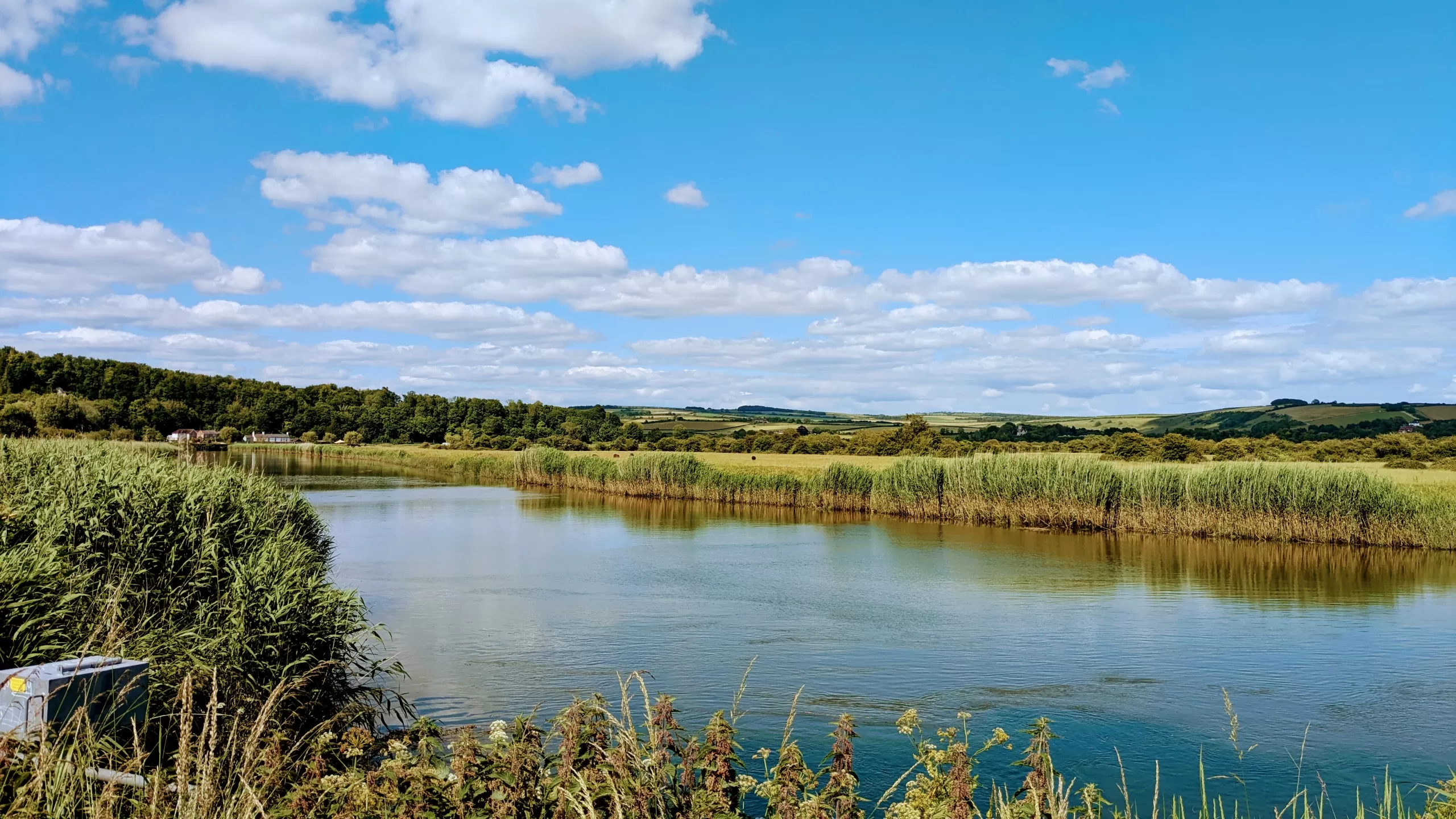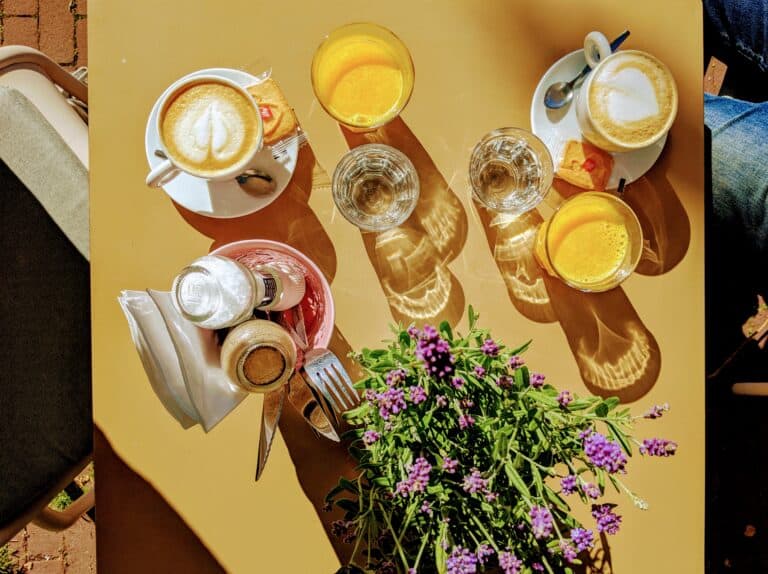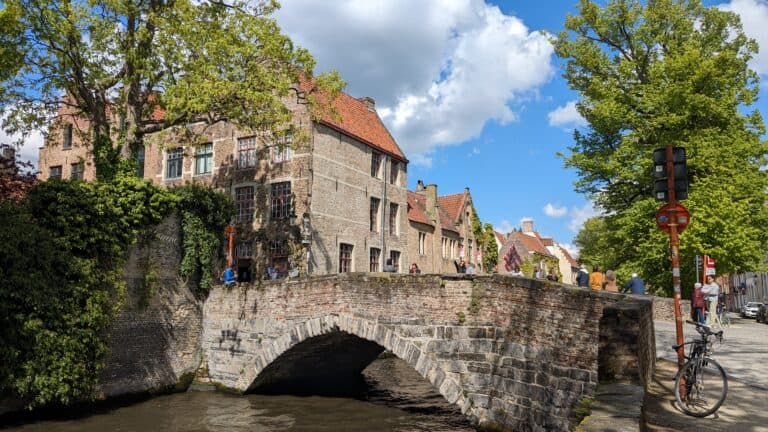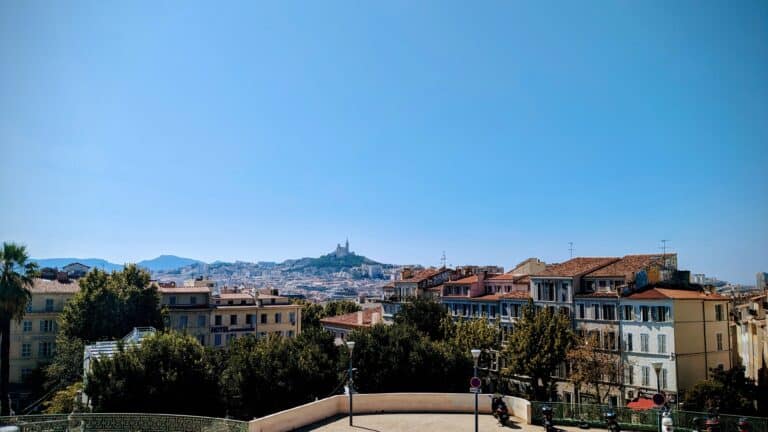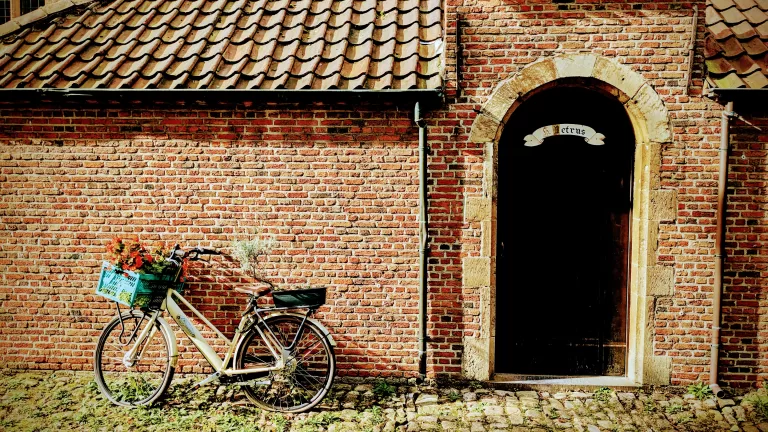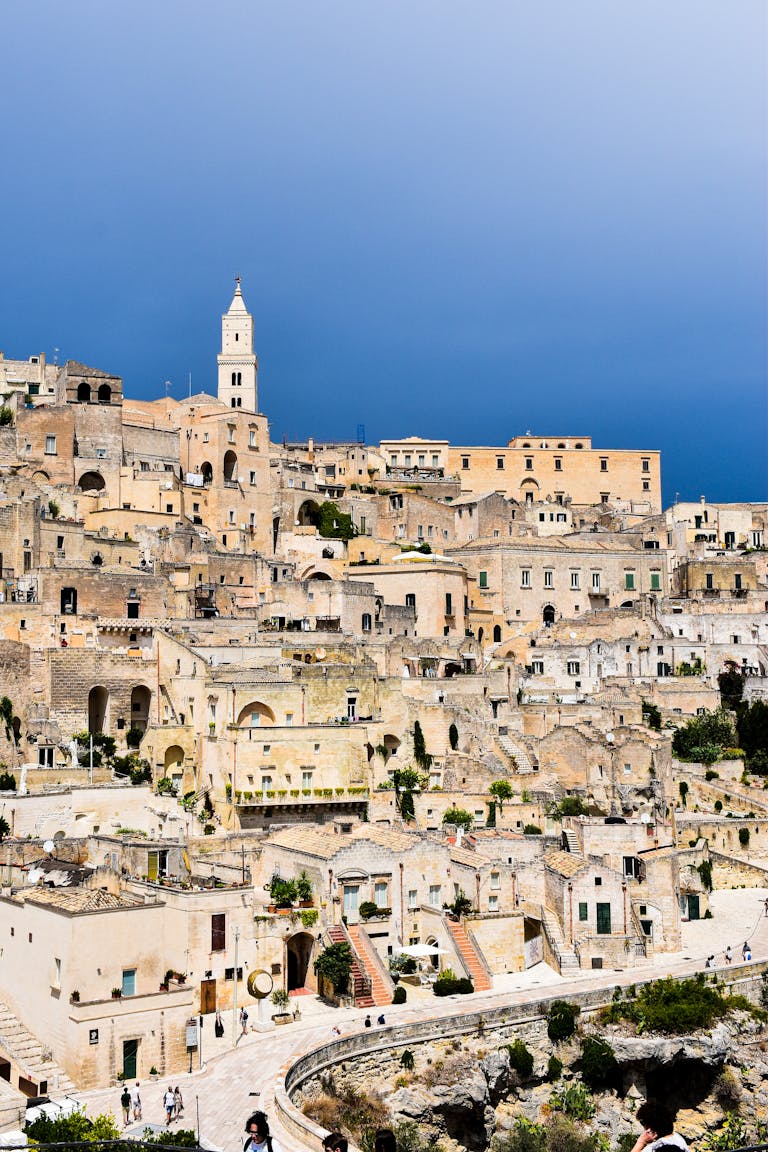How to reduce plastic waste while travelling: 4 practical, tested ways (+ FAQs)
Travelling is brilliant. The plastic that often comes with it… not so much. From bottled water in hot climates to those tiny hotel toiletries, single-use plastic can stack up fast.
This guide is our practical walkthrough of how we actually cut plastic waste on our own trips. You’ll see what to pack (and what to skip), the swaps that save space in your bag, the “hidden plastics” that catch most travellers out, and what to do when local recycling isn’t obvious.
We’ve road-tested the kit on real itineraries – island-hopping in Thailand, city breaks across Europe, and weekend escapes in the UK – and pared it down to the stuff that genuinely makes a difference without making travel a faff.
Here are our four tried and tested ways to reduce your plastic usage when travelling.
1. Pack reusable travel essentials
One of the easiest ways to avoid plastic waste is to bring your own reusable travel gear. A few key items can go a long way in reducing the need for disposable plastics:
- Reusable water bottle (with a filter) – cuts bottled water use and saves money. Bottles with integrated filters help when tap water isn’t drinkable.
- Collapsible coffee cup – Perfect for takeaway drinks and easy to pack.
- Bamboo or metal cutlery set – Handy for eating on the go without relying on plastic utensils.
- Stainless steel or silicone straw – Many places still offer plastic straws, so having your own reusable one is a great alternative.
- Foldable tote or reusable bag – Essential for shopping, carrying souvenirs, or even beach days instead of using plastic bags. Or, bring a reusable plastic carrier bag.
Tip: On our recent trip to Thailand, carrying a reusable water bottle with a filter saved us from buying dozens of plastic bottles while exploring the islands!
Related: Prefer to skip short flights? Our guide to why we take the Eurostar covers comfort, costs and lower-waste perks – read why you should take the Eurostar on your next trip to Europe.

2. Switch to plastic-free toiletries
Single-use plastic toiletries are a major contributor to plastic waste, but there are plenty of sustainable swaps available:
- Solid shampoo, conditioner, and soap bars – They last longer, eliminate plastic bottles, and take up less space in your luggage (and get round liquid restrictions). We use these at home too.
- Bamboo toothbrush – A simple, eco-friendly alternative to plastic toothbrushes.
- Toothpaste tablets – Ditch plastic tubes and opt for tablets that come in recyclable or compostable packaging.
- Reusable makeup remover pads – Instead of disposable wipes, bring washable pads that can be reused throughout your trip.
- Refill/decant smart – If you already own liquids at home, decant into small leak-proof bottles you’ll reuse, instead of buying travel-size plastics.
Did you know? According to the Plastic Pollution Coalition, over 380 million tons of plastic are produced every year, much of it from single-use items like shampoo bottles and toothbrushes.
3. Be mindful of hidden plastics
Plastic isn’t always obvious – it lurks in unexpected places, from toiletries to souvenirs. Here’s how to avoid it:
- Skip plastic-wrapped hotel toiletries – Use your own sustainable products instead. Or, if you do use them, take them home to finish them and then recycle.
- Avoid single-use plastic souvenirs – Choose handmade, locally crafted gifts over mass-produced plastic trinkets.
- Check your sunscreen – Many formulas include ingredients or micro-plastics that harm marine life. Choose “reef-safe” options when you’ll be swimming.
Tip: Research accommodations that offer refillable toiletries and plastic-free amenities before booking your stay.

4. Recycle and dispose responsibly
If you can’t avoid plastic, reduce its impact and recycle where possible. Here are some tips:
- Check local recycling rules – What’s recyclable at home may not be abroad.
- Ensure it is properly recycled – If public bins are unclear, carry it back to your accommodation or a known recycling point.
- Carry a small bag – Use it to collect your waste in – or even better, to pick up waste when you see it and dispose of it responsibly.
- Support local initiatives – Beach clean-ups or community eco-projects are a great way to give back while travelling.
Tip: we try to pick up a few pieces of rubbish when we’re out in nature – beaches, parks, countryside. It’s a tiny habit that reduces plastic in the environment and might save wildlife from ingesting it.
Frequently asked questions (FAQs)
What are the best reusable water bottles for travel?
Some great options include the LifeStraw Go (which filters water), the Hydro Flask (which keeps drinks hot or cold for hours), and the Nalgene Sustain (lightweight and durable).
How do I find plastic-free restaurants when travelling?
Look for eco-conscious restaurants and cafes using apps like HappyCow (for vegan and sustainable restaurants) or check for places advertising compostable packaging and refill stations.
Is there a way to recycle plastic while travelling?
Yes! Some destinations have dedicated recycling stations – look for local programmes or initiatives like Precious Plastic, which collects and repurposes plastic waste.
Can I take a water filter bottle through airport security?
Yes. Keep it empty at security and refill after checks. Most airports have water fountains or café counters that will refill on request.
Are solid toiletries allowed in carry-on luggage?
Yes. Solid bars (shampoo/soap/deodorant) aren’t restricted by liquid limits, so they’re ideal for hand luggage and cut plastic at the same time.
Final thoughts on reducing plastic while travelling
Lower-waste travel isn’t about being perfect — it’s about stacking a few smart habits so plastic doesn’t stack up. If you pack a simple kit, switch a couple of toiletries, watch for the hidden stuff, and know what to do with the rest, you’ll feel the difference on day one.
Two easy next steps:
- Pick one swap from the toiletries list and try it on your next trip.
- Start with the kit — bottle, cup, tote, cutlery. You’ll use them constantly.
Check out our Sustainable Travel 101 post for what it is and why it matters or our guide to slow-travel: what it is and why you should try it.
This page contains affiliate links. If you make a purchase through one of these links we make a small commission to help run this site, at no cost to you. Making a commission never affects the advice we give - see our content policy.

